Exercise 06: Painting with light
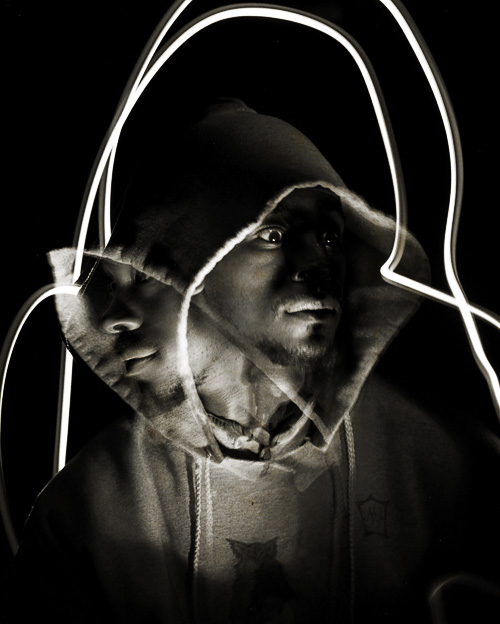
Exercise 05: Cyanotype prints
Background
Herschel’s invention of cyanotype, or printing in Prussian blue, was at first taken up only by amateur botanists for plant illustration. Most notable among these was Anna Atkins who, from 1843 to 1853, hand-printed in cyanotype her comprehensive albums of botanical photograms of algae and ferns, which have become highly-treasured items in the early photographic canon.
Following Herschel’s death in 1871, cyanotype was usurped by entrepreneurs to exploit its potential as a reprographic medium. Their re-styled “ferroprussiate” process found some use among photographers as a cheap and easy option for proofing negatives, but its major commercial market was for copying the plans in every drawing office, and it became the leading process for photocopying until the mid-1950s. Even in obsolescence it has endowed our language with an indelible ne word: the blueprint.
The British Photographic Establishment has been reluctant to acknowledge cyanotype as valid pictorial medium, thanks to the intolerant response of 19th century British critics to its powerful and uncompromising color. Fortunately this prejudice did not prevail universally. In the USA, Canada, and France, there are substantial museum holdings of artistic cyanotypes. Herschel’s original cyanotype formula survived essentially unchanged for 160 years, due to its pleasing simplicity and economy.
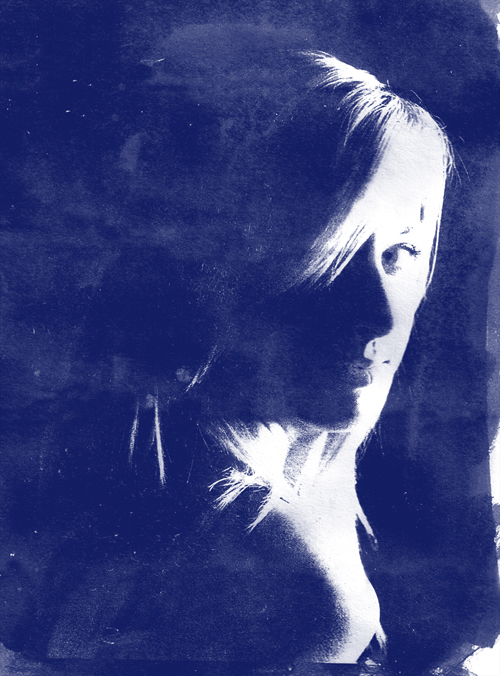
Cyanotype print, by Nil Santana. Fall 2011
Exercise 04: Your favorite photographer
For next class, on a letter size paper, print four (4) images from your favorite photographer. Research online, or go to the Library, find a photographer’s work which you admire and inspire you. Be ready to articulate why the work is significant for you. Limit your search to professionals, or a “master” of photography.
Exercise 03: EXPOSURE: Aperture/Shutter speed
Brief
Exercise objectives are: practicing correct light reading/right exposure, and focus.
Also, this exercise is an opportunity for you to understand how depth of field and shutter speed work.
Once you have determined the correct light reading, you need the following images:
SHUTTER SPEED
2 shots of any (same) moving element (people, vehicles, bicycles, objects, etc.)
shot 1: slow shutter speed
shot 2: fast shutter speed
DEPTH OF FIELD
2 shots of same subject matter
(for better visualization pictures must be taken with at least 3 different f-stops)
shot 1: short d-o-f
shot 2: long d-o-f
Process
When finished, take film to be developed at 1-hour photo lab (CVS). Make single 4×5 prints, then select
the pairs that you like the most, and that you think accomplish the criteria of the exercise.
Deadline
Exercise is due Tuesday, Sep 9. Be ready for presentation and discussion.
Exercise 02: Photograms
A photogram is a photographic image made without a camera by placing objects directly onto the surface of a photo-sensitive material such as photographic paper and then exposing it to light. The result is a negative shadow image varying in tone, depending on the transparency of the objects used. Areas of the paper that have received no light appear white; those exposed through transparent or semi-transparent objects appear grey.
Exercise: bring any object(s) to class for a photogram exposure. They can be made objects (industrialized: scissors, glasses, etc.), or natural (leaves, flowers, etc.). The more opaque, more white and silhouetted. Google “photogram” and see images results for some ideas.
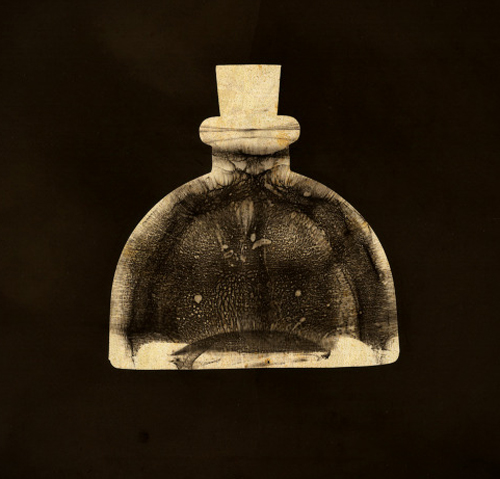
Aura, by Nil Santana
Exercise 01: Pinhole Photography
Pinhole photography is lensless photography. A tiny hole replaces the lens. Light passes through the hole; an image is formed inside the camera.
Pinhole cameras are small or large, improvised or designed with great care. Throughout history, many Pinhole Cameras have been made of sea shells, oatmeal boxes, coke cans or cookie containers, at least one has been made of a discarded refrigerator (that I know of). Cameras have been cast in plaster like a face mask, constructed from beautiful hardwoods, built of metal with bellows and a range of multiple pinholes. Station wagons have been used as pinhole cameras – and rooms in large buildings. Basically as we discussed last class, a pinhole camera is a box, with a tiny hole at one end and film or photographic paper at the other.
Find any kind of box or container that is light-tight, and make a pinhole camera. More instruction will be provided during class.
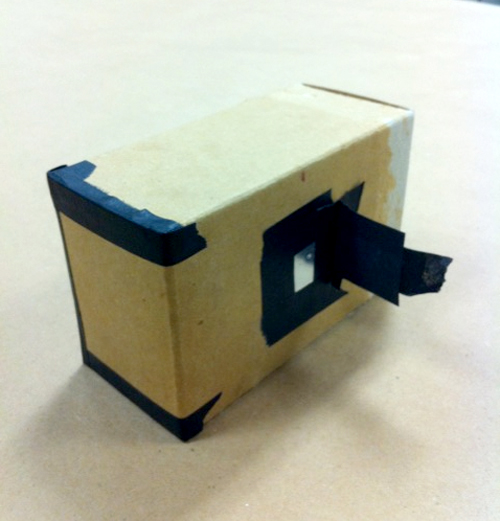
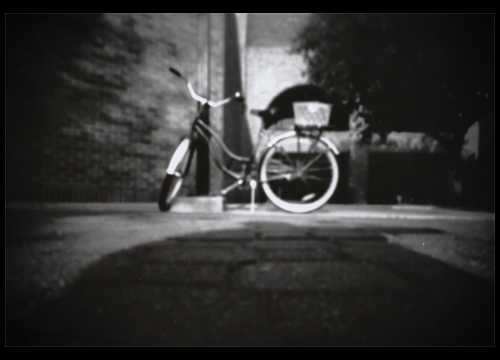
Annika Wrinkle
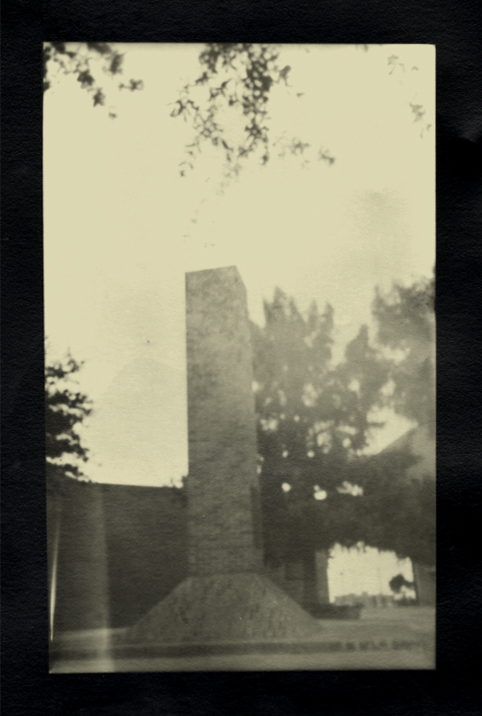
Brian Havins
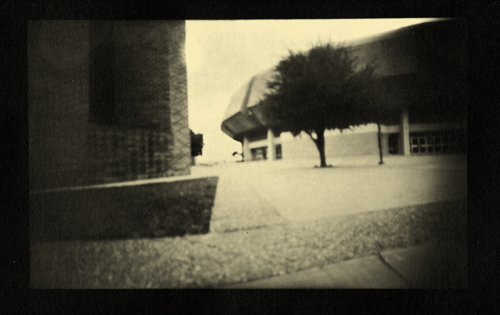
Kelsi Williamson
